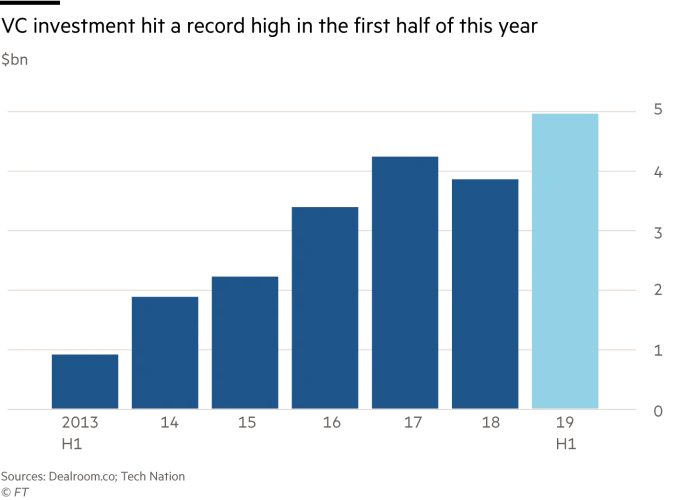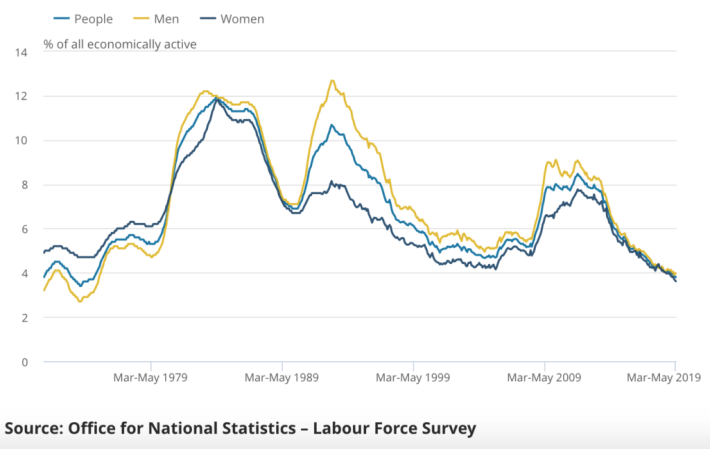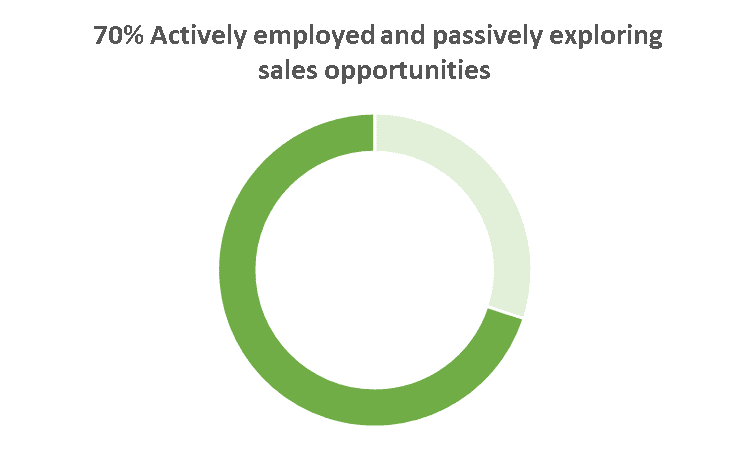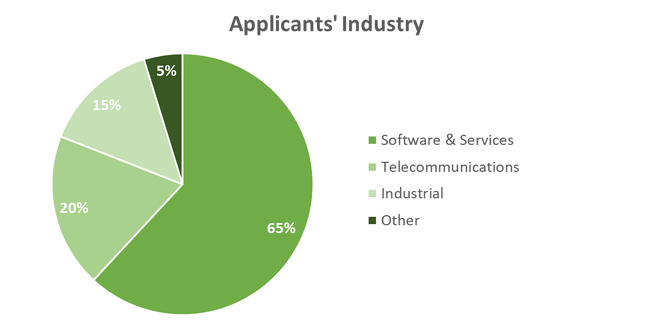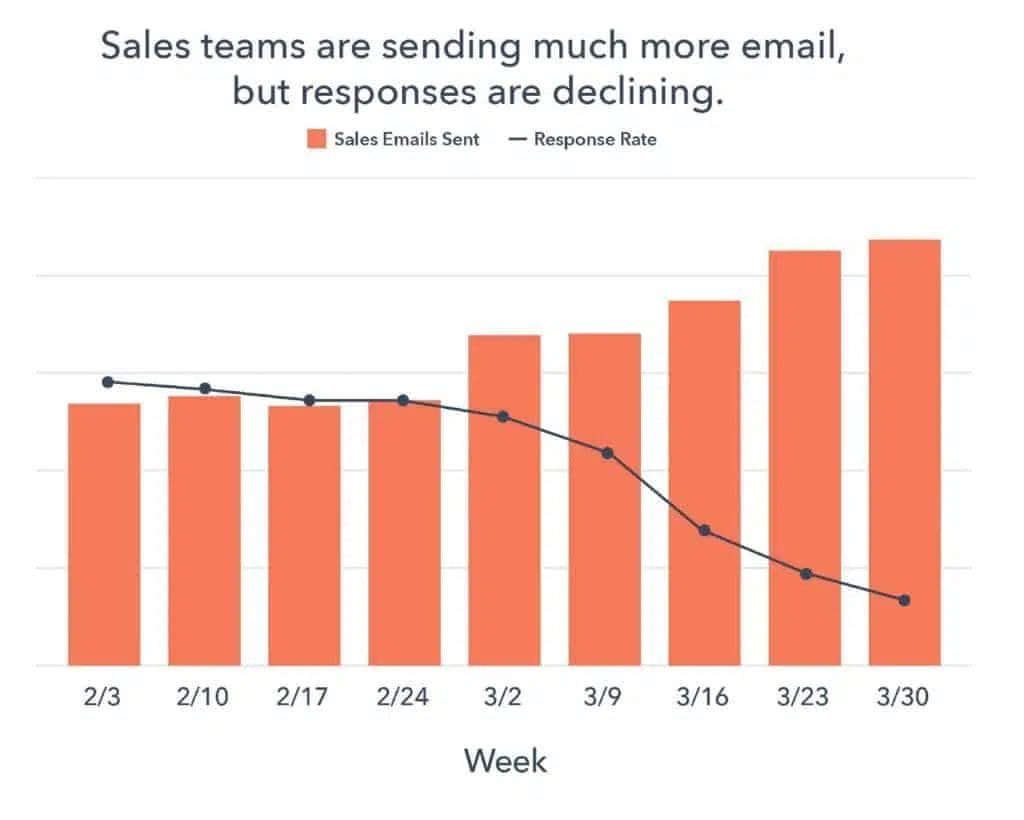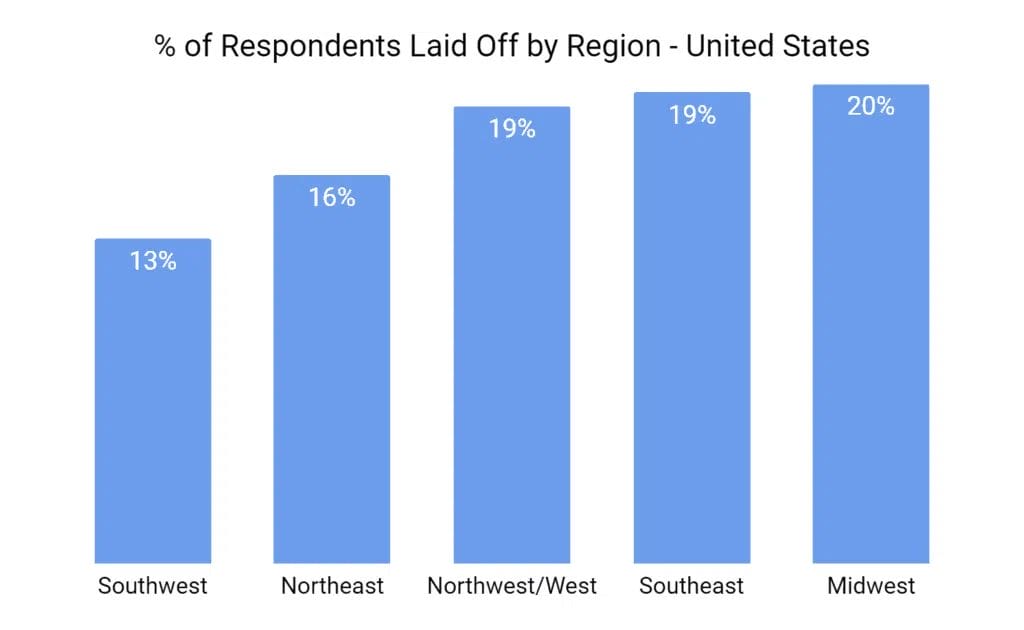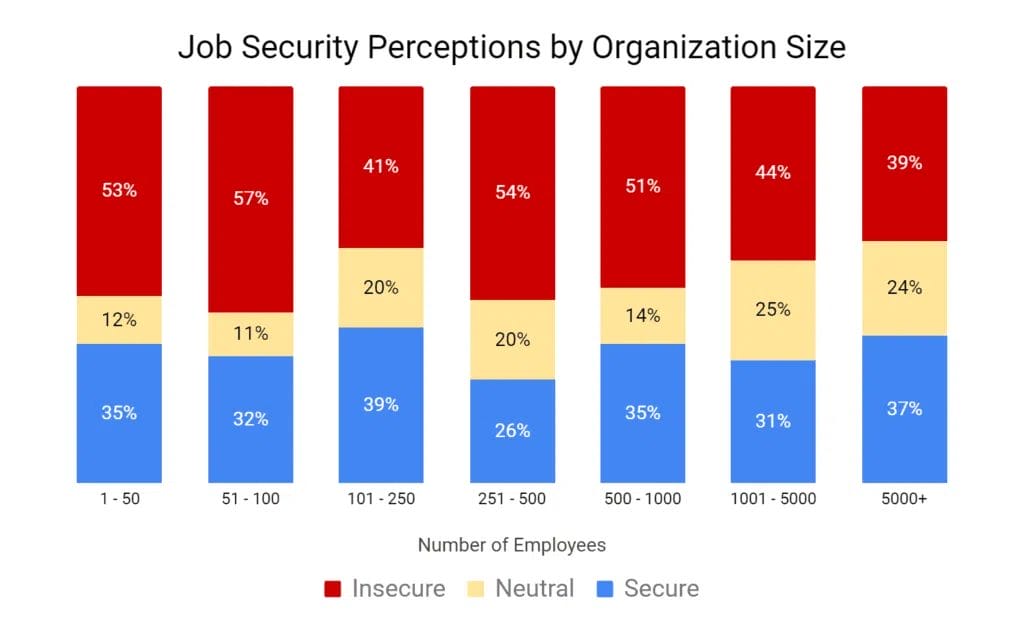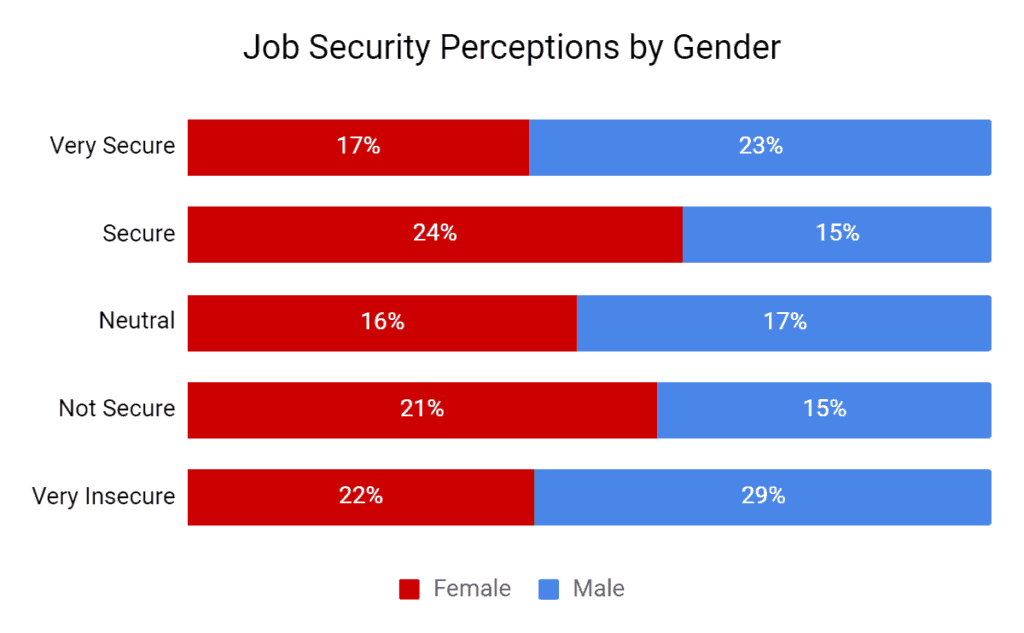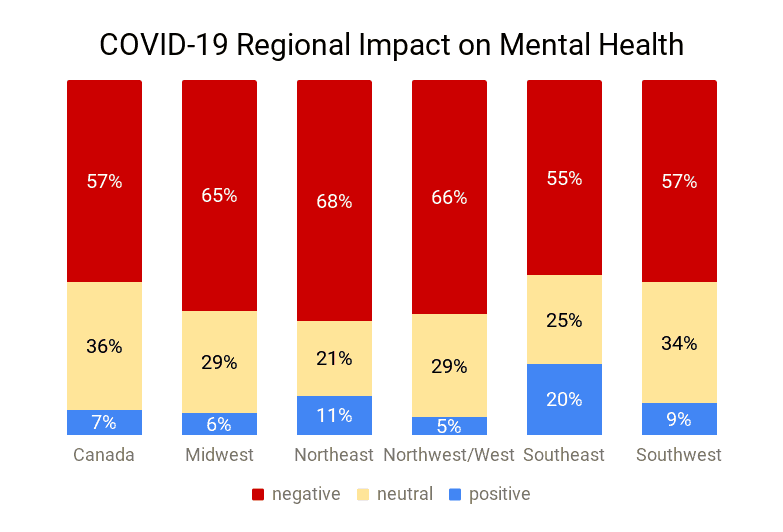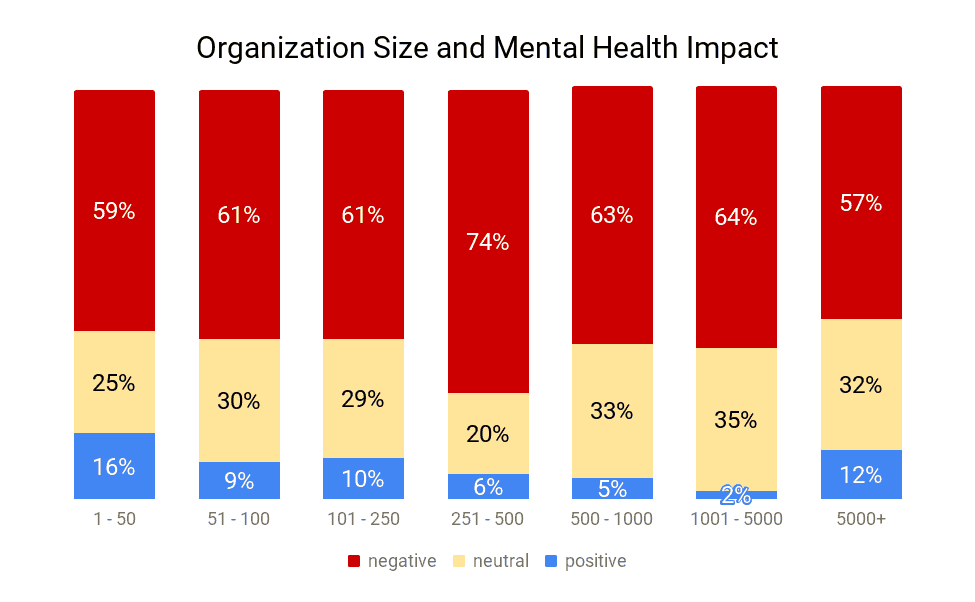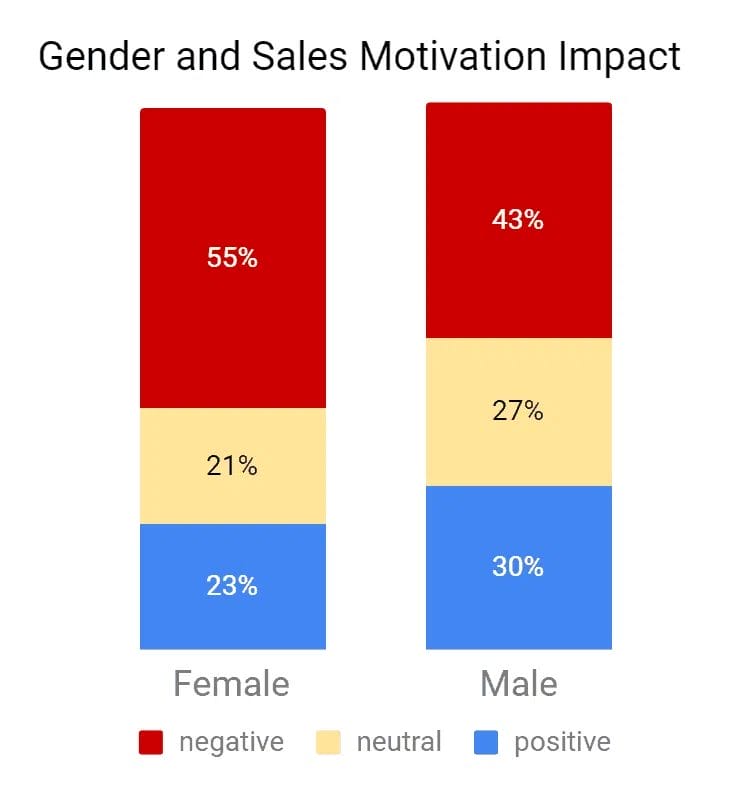The vice-president of sales role is critical to the health and well-being of every organization. The right hire can take you to new heights, while a mis-hire can cripple revenues and growth for years. At Peak Sales Recruiting, we’ve successfully matched hundreds of organizations with new VP of Sales. That experience has shown us the kinds of candidates who are most likely to make a difference for you.
Just because someone already has the VP of Sales title doesn’t mean they’re right for your organization. There are several different versions of VP of Sales, each coming with a variety of skill sets. This is where sales hiring is very different from other departments within your organization. The skills and responsibilities for a VP of Sales vary wildly depending on the nature of the business, its revenue and organizational structure; if you’re just looking at the title, you could easily mis-hire or overpay. You need to dig below the surface to find out what sort of VP of Sales your organization needs and what the optimal candidate profile looks like to fill that need.
The Builder
For example, the type we call “the builder” comes in when an organization is at $2-$5 million, and they can take it to $20 million. They’re not always good with data, with systems and processes, but they can put revenue on the books. They like the hyper-growth stage in a company’s development and the more process — and red tape — that comes in as the company grows, the more frustrated they become. They’re not going to stay for five to ten years. If you hire a builder and they leave after 18 months — but they hit your revenue targets — you didn’t necessarily mis-hire, it just means you need someone with different skills for your next phase.
The Next Level
If you’ve already been through your hyper-growth and you’re looking to stabilize your sales platform for the long haul, a “Builder” profile is not the right hire. Instead, you need the VP of Sales who’s going to put systems and methodologies around the sales process making the business scalable.
One clue about the identity of the VP of Sales candidate you’re interviewing comes from the organization they currently work for. We have clients who get very excited about the possibility of getting someone from the likes of Oracle or IBM. There is a certain degree of pedigree that comes with those candidates. They know how to manage a team and a book of business. However, if you’re not moving them to another large organization of similar size and scope, they may struggle. Moving candidates like this into smaller organizations often brings misalignment. These candidates are used to ample resources to help support initiatives. While they may be tired of corporate politics, the heavy lifting and limited resources in smaller organizations will have them feeling frustrated. Even if you pay them what they want — which can be substantial — you have a higher risk of turnover in the role in the short term.
The opposite is also true. When you put a start-up specialist into a big-logo company it can be like caging a wild animal. In a smaller company, the VP of Sales probably did things their own way, and as long as they were bringing in revenue, no one complained. Working in a heavy-process-driven organization is going to frustrate them and eventually drive them away.
How To Draw Your Target
You can’t judge candidates for your next VP of Sales solely by their current title, by the company they work for or the salary they command. Instead, focus on the core objectives they need to accomplish for your organization within 18-24 months of them starting. The ideal candidates will have mirrored those objectives in previous jobs, have worked with the same customer profile and similar sales cycle. Hitting $2 million in revenue when you’re selling enterprise software systems at $1 million apiece requires one set of skills; hitting $2 million in revenue when you’re selling software at $10,000-$30,000 per deal is a very different task.
Building For Success
If you’re a mid-sized company, past the hyper-growth stage, you’re probably looking for what we call “the Scaler.” This VP of Sales comes in when you’re at $20-$50 million and their job is to drive revenue to $75-$100 million. You achieve hyper-growth through grit and effort; to get that to scale up, you need someone who can wrap process around sales and focus on customer retention.
If your organization is already at $100 million and you need someone to reliably produce revenue growth of 2%-5% a year — which is still a big number — you’re looking for a high-level VP of Sales focused on strategy and less on daily tactics. The vetting of that candidate becomes critical, digging into details of what they achieved and how they achieved it.
If there’s a lot of “we” talk around goals and revenue, that could indicate the candidate had a lot of infrastructure supporting them. They may have done the strategy, but the implementation was likely dropped down a level, carried out by sales managers and frontline sales. Ask who reported to them, and who they reported to. This will give you an idea of the structure of their current organization. In a mid-sized company, there may be one or two layers above and one or two below. In a big company, that could be five layers above and dozens of layers below. You can figure out the organization’s structure — and the role the candidate played — from that.
Dig into the candidate’s coaching style. Ask how they handled an underperforming sales rep. That lets you quickly understand whether they did it themselves or if the task was pushed down to a second-level manager. This is a great indicator for a mid-sized company; if the candidate handled it, they’re willing to get their hands dirty and can be good for a mid-sized organization.
Also, dig deeper when a candidate tells you they managed multiple departments. If their primary responsibility was sales, but they also had their hands in marketing, they might want to have more say in your marketing department create friction on your current team.
Ask Questions — A Lot of Questions
Another pitfall is in not asking enough questions or the right questions. If the interviewers aren’t familiar with how sales departments vary between organizations, they may think the only job of a VP of Sales is to sell. And in some organizations, typically smaller ones, that’s true. When a candidate says “we sold it,” the follow up is to find out who was that “we”. Was the candidate selling it, or was their team selling it? What role did the candidate play? Peel it back layer by layer. The more detail they can give you about what they did and how they did it, the better information you have to decide if they’re the right fit.
Also, don’t underestimate the importance of culture, especially in sales.
Culture is difficult to screen for, but it does matter. Integrity comes up a lot as a value that organizations have, so does the future VP of Sales have integrity? Asking a question like, “Tell me about a time you had to walk away from a deal because it wasn’t good for the client or the company.” If they say they’ve never walked away from a deal, I have a lot more questions.
If they give an example, dig into it. Why was the deal wrong? How did they walk away? Were they able to turn that into a positive and work with that client on other deals? You are looking for some emotional intelligence and self -awareness. Ask, “How did that feel when they walked away?” If they say, “Yes, it hurt but I was able to sleep at night,” that’s a good answer. You’re trying to weed out sales leaders who overpromise and underdeliver, because that can put immense strain on other parts of the organization.
The Square Peg Problem
The examples above are just a few of the VP of Sales personalities we’ve interviewed — and matched with organizations — over the years. Some are suited for smaller organizations because they’re laser focused on revenue and will push every deal until it’s closed. Others are more skilled at working with and through sales reps, building sophisticated data-driven support that can scale revenue from several million into the tens or hundreds of millions.
Before starting your search, know what kind of VP of Sales you’re looking for. Is your organization ready for a “builder”, or would a “scaler” fit your needs and your culture better? Drawing your target, deciding the essential skills and objectives will benefit you, your company and the candidates you interview.

Related posts
Latest posts by Eliot Burdett (see all)
- 31 Must-Know Sales Follow-Up Statistics for 2024 Success – December 21, 2023
- 7 Success Characteristics That Define Top Performers – December 19, 2023
- 5 Reasons Your Top Employees Quit (Stop Doing This to Stop Them Leaving) – December 14, 2023


